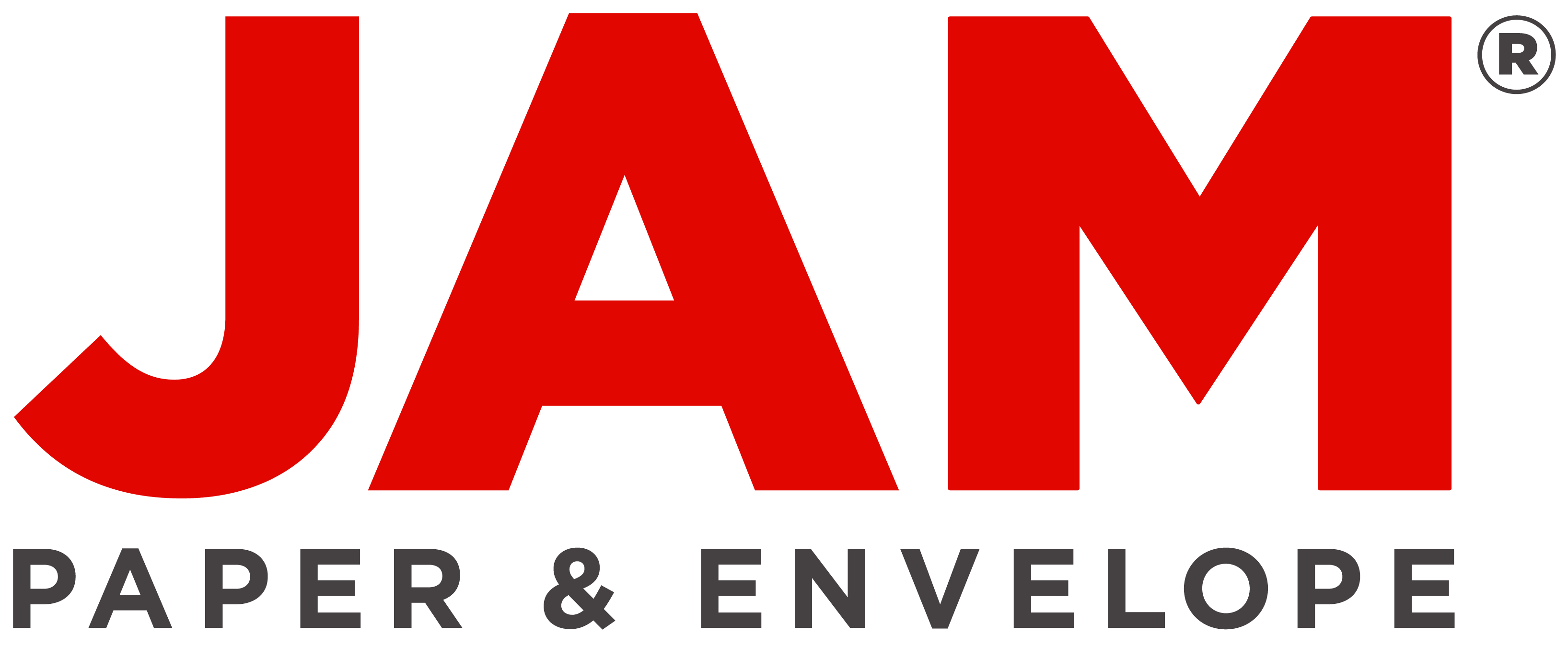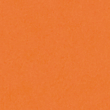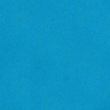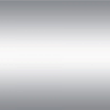What Paper to Use For a Resume
- By Andrew Jacobs
- Aug 7, 2013
What Paper to Use For a Resume
The classic days of finding an ad for a job in the classifieds and mailing out your paper resume are long gone. Nowadays, most, if not all jobs, require an online application with an attached resume. So why should you still worry about creating a paper resume? While the online resume is great for landing you an interview, it’s your physical resume paper that will help you close the deal and get the job. When you go into an interview it is always a good idea to bring a physical copy of your resume with you. This way, the potential employer can reference it during the interview. Don’t count on him/her having a printed out copy of your resume.
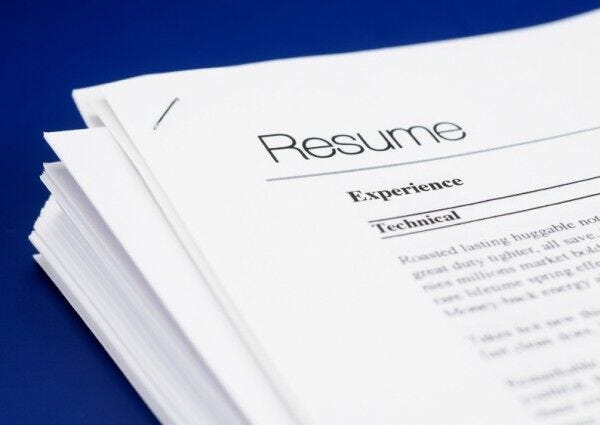
Now we’re not going to tell you what to say to really sell yourself, because you know your own skills better than we do. But what we can offer you is tips on what size, style and color paper you should use for your resume. This is going to be resume paper that lands you the office you've always dreamed of.
Size
The most commonly used paper size is the standard letter size 8.5” x 11". If you want a professional and no-fail resume, stick to this classic size. Now if you're feeling a bit bolder, here's a quick tip that gives you a chance at standing apart from the others: go with paper that's a little big longer, like legal size paper (8.5" x 14"). This way when your prospective employer has a stack of resumes sitting on her desk, yours will stick out ever so slightly. Those extra few inches have the potential to draw attention that you may not get otherwise.
Style
According to Duke Career Center a nice sturdy paper is ideal. They suggest using 24 lb paper. This style is a little stronger than a regular 20 lb piece of computer paper, but is still not as thick as card stock. Go with basic paper textures as well. Stay away from gloss and foil finishes. Matte paper like a nice wove or linen paper is ideal.
Color
This depends on the type of job you are applying for, but 9 times out of 10 go with neutral colors. Colors like white, light grey, tan or ivory are best in a business setting. This way employers won’t get distracted by neon pink paper and think you are not a professional person.
If you are applying for a position as a wedding planner or assistant, a nice pastel pink or cream may work. Color is only appropriate when you are applying for creative positions where employers encourage creativity. (We're talking to you artists and graphic designers.)
Our Suggestions:
[caption id="attachment_2317" align="aligncenter" width="300"]
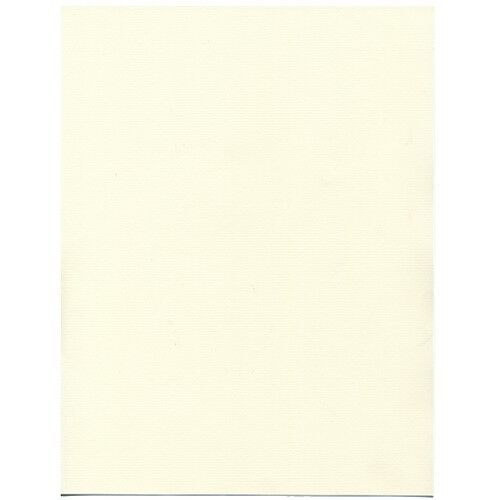 Strathmore 28 lb[/caption]
Strathmore 28 lb[/caption]For a professional classic resume we suggest using Strathmore 28 lb natural white wove paper. The natural white paper is easier on the eyes then bright white, yet clean and professional. The laid texture is sturdy and professional, while the 28lb weight gives it a nice expensive feel.
So your resume may seem like a trivial component to the job process. But like icing on top of the cake, a little bit of professional protocol could be the finishing touch that seals your fate. And in my opinion, there is not such thing as cake without icing. Now go nail that interview...Your dream job awaits you! This is resume paper that will land you the job with a view!
Choosing the Right Paper for Your Resume
When it comes to creating a professional and impactful resume, the type of paper you use can make a significant difference. The right paper can convey a sense of quality and attention to detail, while the wrong paper can leave a negative impression. When selecting paper for your resume, it's important to consider factors such as weight, texture, and color. A heavier weight paper, such as 24 lb or 32 lb, can give your resume a more substantial feel and prevent it from easily wrinkling or tearing. Additionally, a subtle texture can add a touch of sophistication, while a neutral color like ivory or light grey can help your resume stand out without being too distracting. Ultimately, the paper you choose should complement the content of your resume and enhance its overall presentation.
The Benefits of Using Quality Resume Paper
Using high-quality paper for your resume can convey professionalism and attention to detail, which are essential qualities in a competitive job market. A well-chosen paper can also make your resume more durable and resistant to wear and tear, ensuring that it arrives in pristine condition to potential employers. Furthermore, the right paper can subtly enhance the visual appeal of your resume, making it more memorable and impactful. By investing in quality resume paper, you demonstrate a commitment to presenting yourself in the best possible light, which can set you apart from other candidates.
Use Cases for Different Types of Resume Paper
Depending on your industry and the specific role you are applying for, different types of resume paper may be more suitable. For example, if you are applying for a creative or design-oriented position, a paper with a unique texture or color may help showcase your creativity. On the other hand, for more traditional or corporate roles, a classic, high-quality white or ivory paper may be the best choice. It's important to consider the culture and expectations of the companies you are applying to and select paper that aligns with their values and aesthetic preferences.
Alternatives to Traditional Resume Paper
While traditional resume paper is typically made from cotton or a cotton blend, there are alternative options available that can still convey professionalism and quality. For example, some candidates may choose to use a high-quality, heavy-weight stationery paper for their resumes, which can offer a unique and memorable presentation. Additionally, environmentally conscious candidates may opt for recycled paper or paper made from sustainable sources, which can demonstrate a commitment to sustainability and social responsibility.
Tips for Using Resume Paper Effectively
When printing your resume on quality paper, it's important to ensure that the ink and formatting are of equally high quality. Use a laser printer to prevent smudging and ensure that the text is crisp and clear. Additionally, consider using a professional printing service to achieve the best results. When handling your printed resumes, be sure to use clean, dry hands to avoid smudges or fingerprints. Finally, store your printed resumes in a protective folder or envelope to keep them in pristine condition until they are ready to be presented.
Conclusion
Choosing the right paper for your resume is a small but important detail that can make a big impact. By considering the weight, texture, color, and overall presentation of your resume paper, you can enhance the professionalism and visual appeal of your resume. Whether you opt for a classic cotton paper or a more unique alternative, the right paper can help you stand out and make a memorable impression on potential employers.
